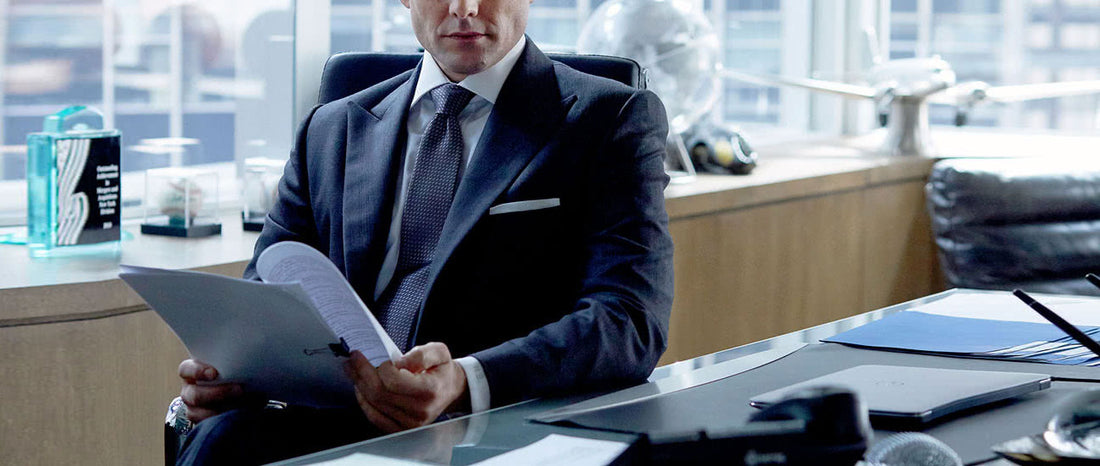#1) Check the Company's Dress Code

As the saying goes, "When in Rome, do as the Romans do" is a good rule to follow when dressing for a job orientation. Prior to attending the orientation, check to see if the company has a dress code, and if so, what it entitles. If the company for which you work has a dress code, you should follow this code when dressing for the orientation.
#2) Don't Wear Dirty Clothes

#3) Go Light on the Fragrance

#4) When in Doubt, Wear a Suit
But what if the company doesn't have a dress code? In this case, it's best to err on the side of caution by wearing a suit. Men can wear either a two-piece suit or a three-piece suit. The former consists of trousers with a matching jacket, while the latter consists of trousers, a matching jacket and vest. Three-piece suits are slightly more formal than two-piece suits, but you can't go wrong with either outfit when dressing for a job orientation. Wearing a suit allows you to create an attractive formal appearance that speaks volume about your level of professionalism.#5) Wear a Necktie

#6) Iron or Press Your Suit
It's probably easier to wear a wrinkled suit to your job orientation, but that doesn't necessarily mean it's the best idea. On the contrary, a wrinkled suit will hurt your ability to create a professional, formal appearance. Upon seeing your wrinkled suit, your employer may assume that your work ethics are equally messy. The opposite happens if you wear a wrinkle-free suit: Your employer will assume that you are diligent, punctual hard-worker.

#7) Wear the Right Colored Socks
Don't underestimate the importance of wearing the right colored socks to a job orientation. Although they are worn on your feet, other people may see your socks when you are sitting down (or even standing up at times). Therefore, you should wear the right colored socks to your orientation. A good rule of thumb is to wear socks in the same color as your suit trousers. If you're wearing a charcoal gray suit, for example, consider wearing socks in a similar charcoal gray color.#8) Wear Dress Shoes
Wearing the right colored socks is only beneficial if you wear the right shoes with them. Conventional wisdom should tell you to avoid wearing tennis shoes, athletic shoes, sandals, flip-flops or other casual footwear to an orientation. Instead, you should wear formal footwear, such as a pair of Oxford loafers. And if you haven't worn your formal shoes in a while, consider cleaning them with a high-quality shoe polish. Giving your shoes a little polish will make them shine, thereby enhancing your appearance while creating a more formal and professional-looking outfit in the process.#9) Avoid Flashy Colors

#10) Wear the Right Size Suit
Finally, it's essential that you wear a suit in the right size when attending a job orientation. If your suit is too small, the bottom of your trousers may rise up to your ankles and your jacket's sleeves may stop around your wrists -- two major fashion faux pas. You can avoid this headache, however, by ordering your suit here at StudioSuits. We offer custom sizing on all suits at no additional charge. You tell us your specific body measurements, and our team of designers will create a custom suit to help you make a strong and positive first impression at your orientation.



